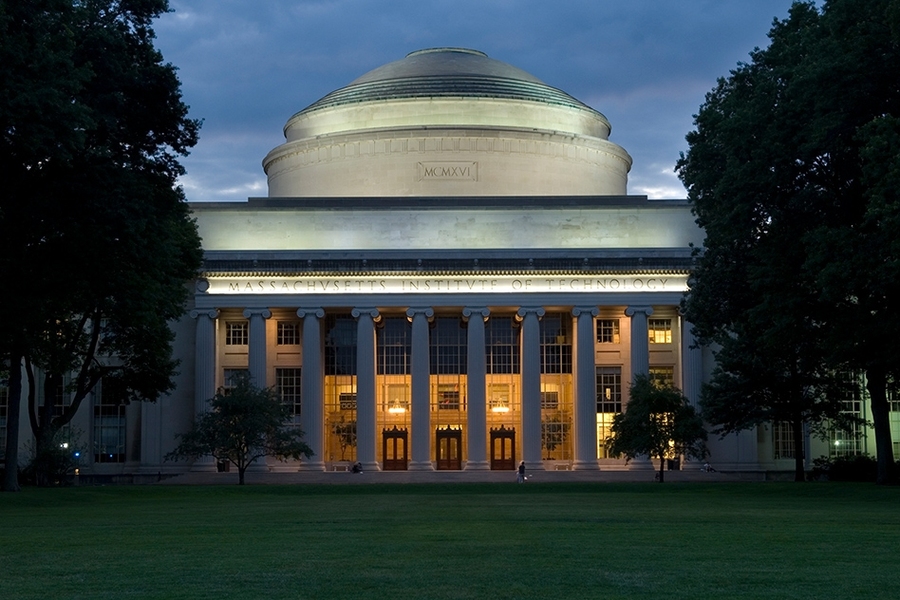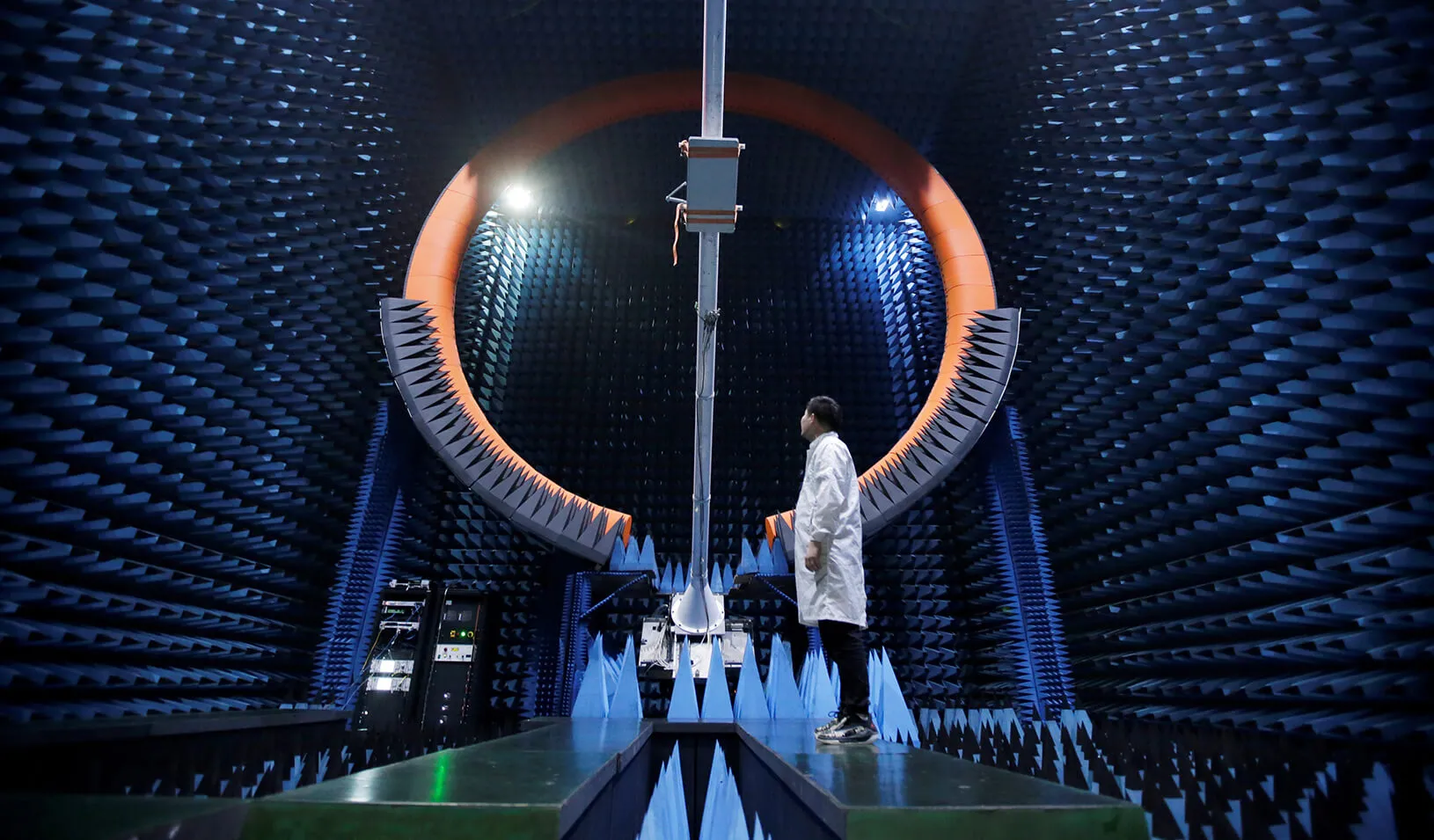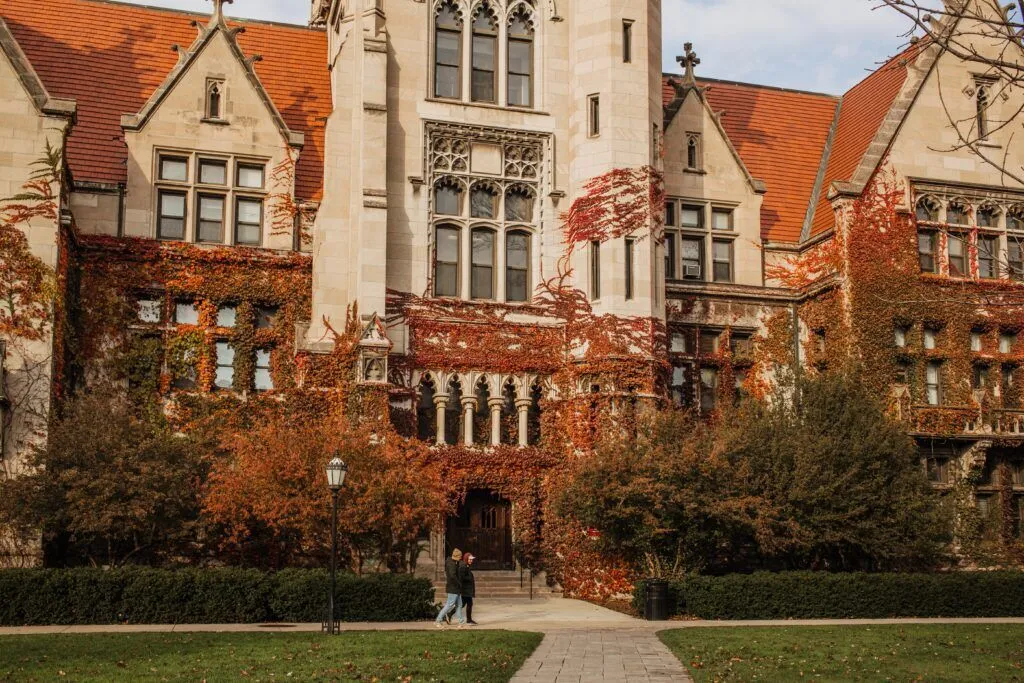How MIT Became the World’s Leading Institute in Technology?

The Massachusetts Institute of Technology (MIT) is widely regarded as the world’s leading institute in technology and innovation. For over 150 years, MIT has been at the forefront of technological advancements, shaping industries, developing groundbreaking research, and training future leaders in science, engineering, and technology. Its reputation for excellence in STEM fields (Science, Technology, Engineering, and Mathematics) has made it a global powerhouse, attracting top talent from around the world.
In this article, we will explore how MIT rose to prominence and why it continues to be the preeminent institution in technology education and research.
1. A Legacy of Innovation and Visionary Leadership
MIT was founded in 1861 with a clear mission: to provide a practical education in the fields of science and technology while addressing the technological needs of the industrial revolution. The institute’s founder, William Barton Rogers, had a visionary approach to higher education, emphasizing hands-on learning, applied research, and the integration of theoretical knowledge with real-world solutions.
This philosophy has remained at the core of MIT’s culture. Over the years, MIT has nurtured generations of innovators and entrepreneurs, who have gone on to revolutionize various industries—from technology and engineering to medicine and space exploration. The university’s commitment to scientific discovery and technological advancement has made it a key driver in the global tech landscape.
2. Cutting-Edge Research and Groundbreaking Discoveries
MIT has consistently been at the cutting edge of technological research. The university is known for its groundbreaking work in a variety of fields, from artificial intelligence and robotics to quantum computing and nanotechnology. Its research labs and innovation centers are some of the most advanced in the world, producing technologies that change the way we live and work.
For example, MIT’s Computer Science and Artificial Intelligence Laboratory (CSAIL) has been a pioneer in artificial intelligence (AI) research, contributing to major advancements in machine learning, computer vision, and robotics. Similarly, MIT’s work in robotics has led to the development of autonomous systems and robots used in industries ranging from manufacturing to healthcare.
The university’s research culture encourages interdisciplinary collaboration, allowing researchers to tackle complex problems from multiple perspectives. This approach has resulted in some of the most innovative breakthroughs in technology, making MIT a global leader in technological research and development.
3. World-Class Faculty and Industry Partnerships
MIT’s faculty includes some of the most brilliant minds in technology and engineering. Many MIT professors are Nobel laureates, Turing Award winners, and MacArthur Fellows, recognized for their contributions to science, technology, and innovation. This exceptional faculty is deeply committed to research and teaching, ensuring that students are exposed to the latest advancements and ideas in their fields.
The close connection between MIT and industry is another factor that sets it apart. The university has a long history of collaboration with tech giants, such as Google, Microsoft, and Intel, as well as emerging startups and research institutes. These industry partnerships provide MIT students and faculty with access to cutting-edge technologies, funding for research, and opportunities for real-world applications of their work.
MIT’s Sloan School of Management also plays a significant role in bridging the gap between technology and business. The school is renowned for its focus on entrepreneurship and innovation, helping students translate their technological innovations into successful business ventures.
4. The MIT Media Lab: A Hub for Technological Creativity
One of MIT’s most iconic and influential institutions is the MIT Media Lab, a research laboratory that focuses on the intersection of technology, design, and media. The lab is known for pushing the boundaries of innovation, with projects ranging from wearable technology and virtual reality to human-computer interaction and smart cities.
The Media Lab attracts some of the brightest minds in the world—engineers, designers, artists, and entrepreneurs—who work together to create groundbreaking technologies. The lab is also home to many successful startups that have gone on to revolutionize industries, particularly in fields like digital media, biotechnology, and environmental sustainability.
The lab’s interdisciplinary approach encourages students and researchers to think beyond traditional boundaries, leading to some of the most transformative ideas in modern technology.
5. Entrepreneurial Culture and Startups
MIT’s influence extends far beyond its academic research. The university is a launchpad for entrepreneurship, with a rich history of startups and spinoff companies. MIT graduates have founded some of the world’s most successful tech companies, such as Dropbox, Bose, Akamai, and iRobot.
The Martin Trust Center for MIT Entrepreneurship provides students with resources, mentorship, and funding to turn their ideas into viable startups. The university also offers various programs and competitions to encourage innovation and help students bring their products to market. As a result, MIT has become a global hub for tech entrepreneurs, fostering the creation of new technologies that change industries and improve lives.
6. Interdisciplinary Focus: Technology Meets Social Impact
MIT’s approach to technology is not just about creating new gadgets or systems—it’s about using technology to address global challenges. The university has a strong focus on how technology can be applied to solve some of the world’s most pressing issues, such as climate change, global health, and economic inequality.
The MIT D-Lab, for instance, focuses on creating sustainable technologies for low-income communities around the world. Through projects like affordable clean energy solutions and water purification systems, MIT is demonstrating how technological innovation can have a positive social impact.
This interdisciplinary focus—where technology and social good meet—has made MIT a leading force in the movement to use innovation for the betterment of society.
7. The Global MIT Community
MIT’s influence as the world’s leading institute in technology is not limited to its campus in Cambridge, Massachusetts. The university has a global network of alumni, faculty, and research partnerships that extend its reach and impact worldwide.
MIT’s International Science and Technology Initiatives (MISTI) program connects students with global internships, research projects, and partnerships with institutions in regions such as Europe, Asia, and Latin America. Through these international collaborations, MIT continues to shape technological innovation on a global scale, fostering cross-cultural exchanges and advancing international research.
8. Continued Investment in the Future of Technology
MIT’s commitment to maintaining its position as the world leader in technology is evident in its continued investment in cutting-edge research and infrastructure. The Koch Institute for Integrative Cancer Research, the Institute for Data, Systems, and Society, and the Lincoln Laboratory are just a few examples of MIT’s focus on the future of technology, ensuring that it remains at the forefront of scientific discovery and technological progress.
The university’s strategic initiatives emphasize the importance of emerging fields, such as artificial intelligence, machine learning, biotechnology, and sustainability, ensuring that MIT will continue to lead in technology for years to come.
Conclusion: MIT’s Unrivaled Leadership in Technology
The Massachusetts Institute of Technology has earned its reputation as the world’s leading institute in technology through a combination of visionary leadership, groundbreaking research, and a relentless commitment to innovation. Its focus on hands-on learning, entrepreneurship, industry collaboration, and interdisciplinary research sets MIT apart from other institutions and ensures that it remains at the forefront of technological advancements.
As MIT continues to shape the future of science, engineering, and technology, it will undoubtedly remain a beacon of innovation, influencing not just industries but also the way society approaches some of the most complex challenges facing the world today.




